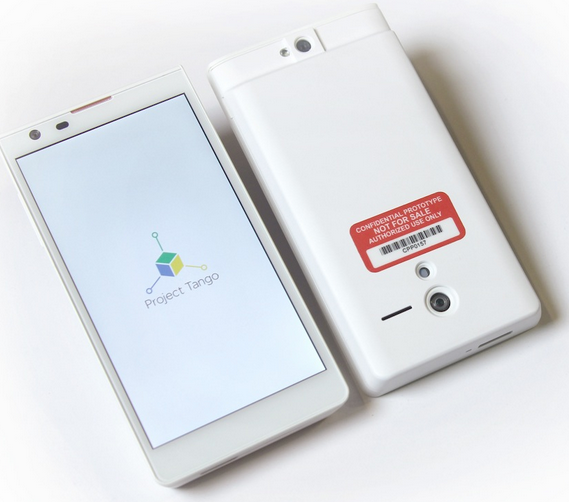MTN South Africa has once again emerged as the country’s top-performing mobile network, securing the highest score in the Q2 2025 MyBroadband Network Quality…
Google’s Project Tango: the Android phone that maps your world in real-time

Google’s Project Tango is big, this big:
Imagine a 3D world fully realised on your mobile phone, but not as you know it. Project Tango is the world around us, superimposed into our mobile phones. Now, the video makes it look like a game-changer and after looking at the facts, we’re convinced that it will be. Project Tango’s goal? To make our smartphones look and understand the physical environment. There are 200 development kits and Google aims to ship them all by March 14 2014.

Currently, this takes the form of a prototype Android phone fitted with custom hardware that tracks the 3D motion of the device and maps the environment for good measure. The embedded sensors produce more than a quarter million 3D measurements every second to produce an accurate model of the world around the phone. With Java, Unity Game Engine, C/C++ and Android support, Tango is a dream project for any developer, who can sign up directly on the website if they wish to be involved in future projects – just not South Africa, Belgium, Venezuela or anywhere out of America really because “due to regulatory and export control issues, we are unable to send devices to certain countries.”
Google wants developers to work on projects like single or multiplayer games that use the 3D physical space around us, indoor mapping and even create new algorithms for processing sensor date. Or let’s put it like this – imagine the Oculus Rift, a virtual reality unit, combined with Project Tango. It would produce a realtime, 3D world mapped out as you walk and later, the same route could be explored in VR while safely at home. Real adventuring, with actual physical topographical data that’s unique to us. What an incredible thought.

These are all technologies we’ve seen before, but what Project Tango does is combine them to create something unique.
So what’s next? Nothing palatable or consumer-based. Project Tango is deep underground in the secret Google research centers. “We are still in the early days as this technology begins the transition out of research labs into the hands of millions of people. While we may believe we know where this technology will take us, history suggests we that should be humble in our predictions. We are excited to see the effort take shape with each step forward.”


